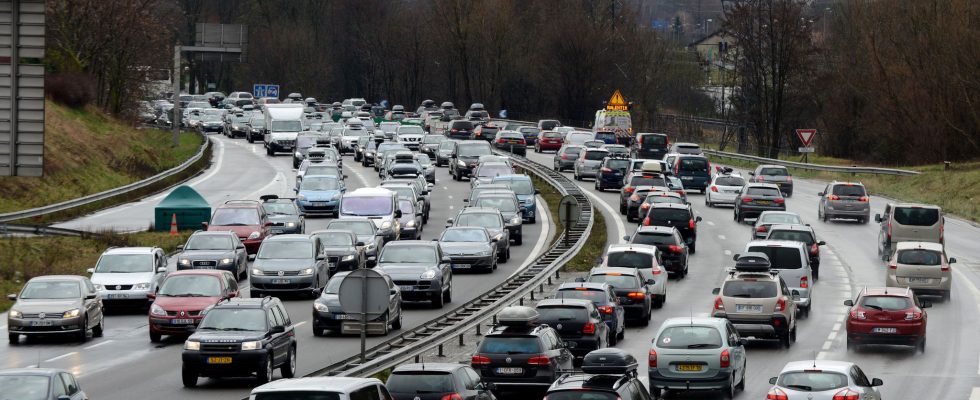On paper, the project had something to seduce, and this name of “intelligent” highways, something to reassure. The latter aimed to increase car traffic capacity without incurring too many costs, in particular by transforming the hard shoulder into a traffic lane and by installing cameras capable of reporting vehicle breakdowns in real time. But this Sunday, April 16, British Prime Minister Rishi Sunak announced the restoration of classic highways.
The return of the hard shoulder
In question, the serious shortcomings in the safety of these expressways. Several motoring associations explained that “the absence of an emergency lane” had caused fatal accidents. This absence of an emergency lane is to be noted on 375 kilometers of motorway, that is to say more than half of the so-called “intelligent” road network.
Between 2014 and 2019, 38 people lost their lives there, some having been hit while their vehicle was stopped on the road. In addition to this danger, the British daily DailyMail claimed, in September 2021, that one in ten surveillance cameras were broken, inoperative or pointed in the wrong direction.
However, in his press release, the Prime Minister insisted on the need for “full confidence” that the road network should inspire in users. This decision was welcomed by the president of the association of motorists AA, who demanded the restoration of emergency lanes, and by the relatives of the victims. The end of smart highways is a campaign promise from Sunak, when Boris Johnson’s government announced in January 2022 the suspension of the extension of this network.
